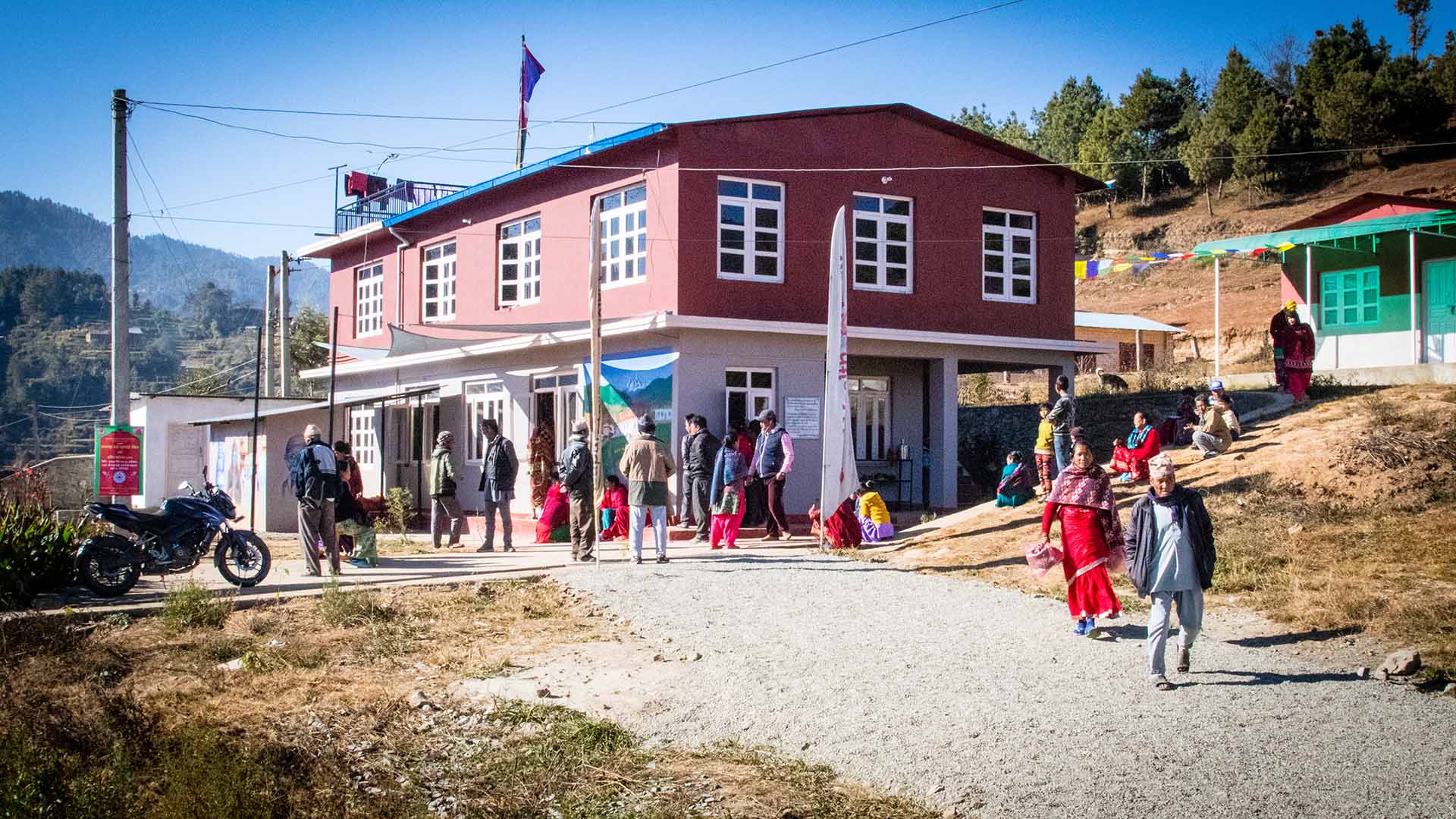News Blog
Latest News From Our Volunteers in Nepal
VOLUNTEER COMMUNITY CARE CLINICS IN NEPAL
Nepal remains one of the poorest countries in the world and has been plagued with political unrest and military conflict for the past decade. In 2015, a pair of major earthquakes devastated this small and fragile country.
Since 2008, the Acupuncture Relief Project has provided over 300,000 treatments to patients living in rural villages outside of Kathmandu Nepal. Our efforts include the treatment of patients living without access to modern medical care as well as people suffering from extreme poverty, substance abuse and social disfranchisement.
Common conditions include musculoskeletal pain, digestive pain, hypertension, diabetes, stroke rehabilitation, uterine prolapse, asthma, and recovery from tuberculosis treatment, typhoid fever, and surgery.
FEATURED CASE STUDIES
Rheumatoid Arthritis +
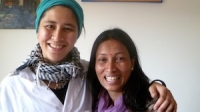
35-year-old female presents with multiple bilateral joint pain beginning 18 months previously and had received a diagnosis of…
Autism Spectrum Disorder +
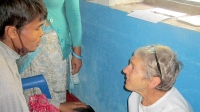
20-year-old male patient presents with decreased mental capacity, which his mother states has been present since birth. He…
Spinal Trauma Sequelae with Osteoarthritis of Right Knee +
60-year-old female presents with spinal trauma sequela consisting of constant mid- to high grade pain and restricted flexion…
Chronic Vomiting +
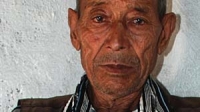
80-year-old male presents with vomiting 20 minutes after each meal for 2 years. At the time of initial…
COMPASSION CONNECT : DOCUMENTARY SERIES
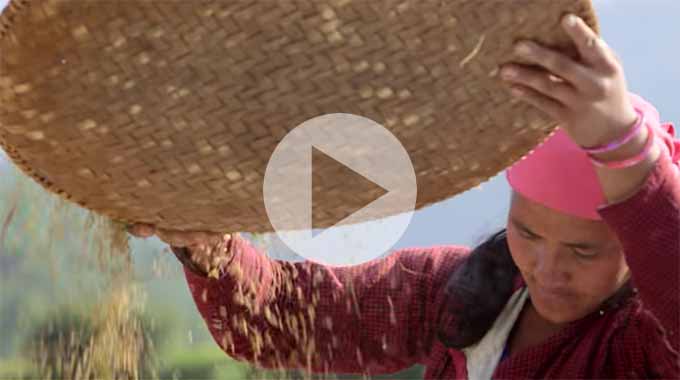
Episode 1
Rural Primary Care
In the aftermath of the 2015 Gorkha Earthquake, this episode explores the challenges of providing basic medical access for people living in rural areas.
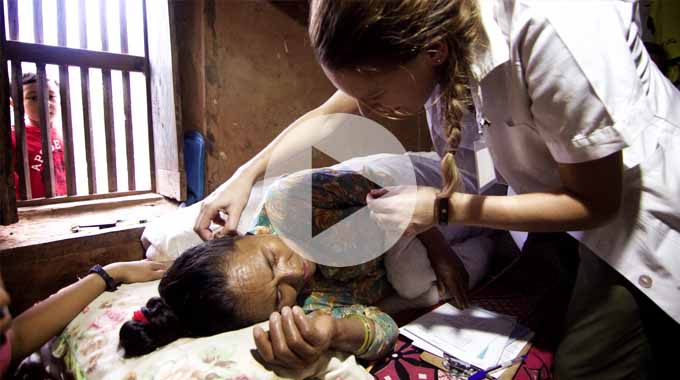
Episode 2
Integrated Medicine
Acupuncture Relief Project tackles complicated medical cases through accurate assessment and the cooperation of both governmental and non-governmental agencies.
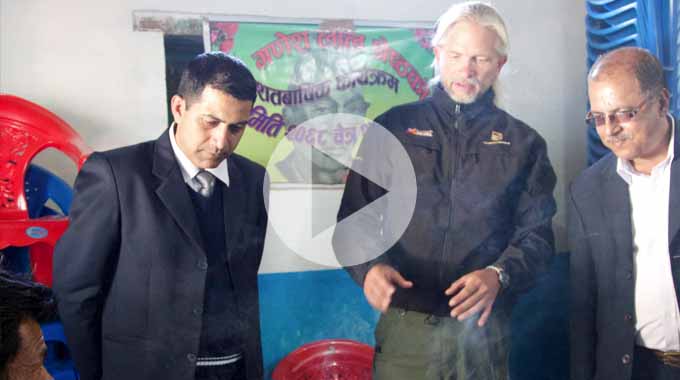
Episode 3
Working With The Government
Cooperation with the local government yields a unique opportunities to establish a new integrated medicine outpost in Bajra Barahi, Makawanpur, Nepal.
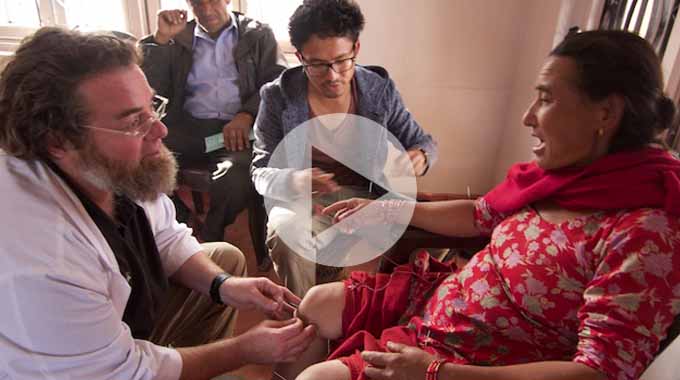
Episode 4
Case Management
Complicated medical cases require extraordinary effort. This episode follows 4-year-old Sushmita in her battle with tuberculosis.
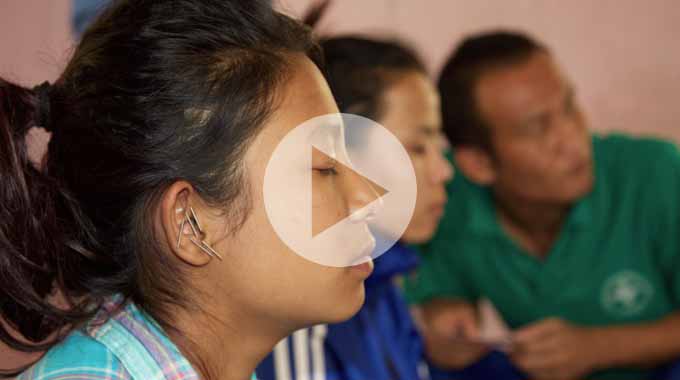
Episode 5
Sober Recovery
Drug and alcohol abuse is a constant issue in both rural and urban areas of Nepal. Local customs and few treatment facilities prove difficult obstacles.
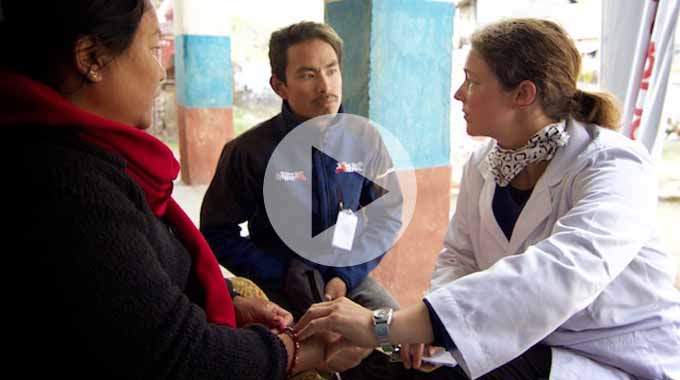
Episode 6
The Interpreters
Interpreters help make a critical connection between patients and practitioners. This episode explores the people that make our medicine possible and what it takes to do the job.
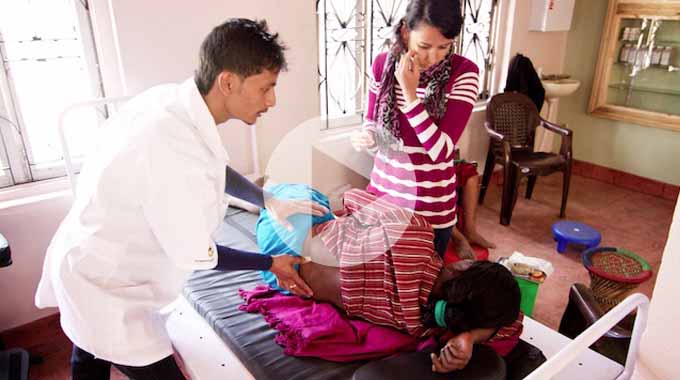
Episode 7
Future Doctors of Nepal
This episode looks at the people and the process of creating a new generation of Nepali rural health providers.
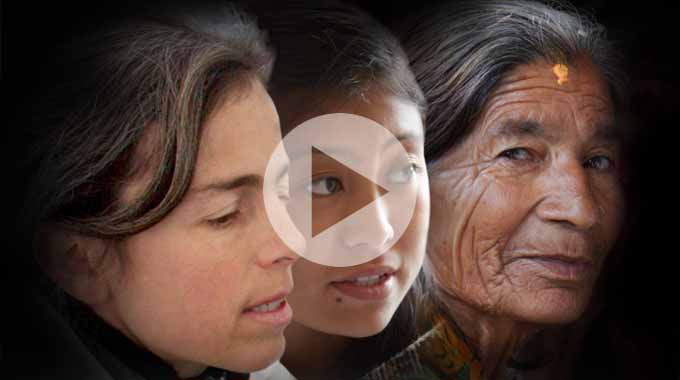
Compassion Connects
2012 Pilot Episode
In this 2011, documentary, Film-maker Tristan Stoch successfully illustrates many of the complexities of providing primary medical care in a third world environment.
From Our Blog
- Details
- By Andrew Schlabach
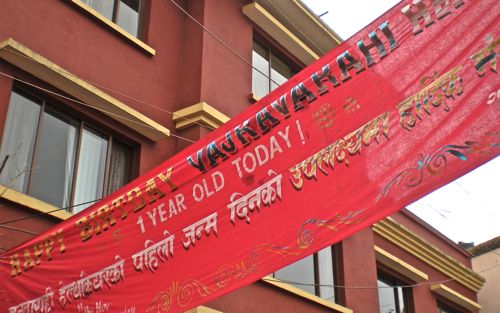
One year ago, November, 11th 2008, Acupuncture Relief Project helped open the Vajra Varhi Natural Healthcare Clinic, here in Chapagaon. The day before the doors opened we all sat around wondering if anyone from the village would even show up. How would this community embrace us and our strange medicine. Now a year later ARP has provided over 10,000 acupuncture treatments to this rural Newari and Nepali village. The clinic continues to grow and serves upward of 400 patients per week. Some walking up to 5 hours to reach the clinic. In addition to acupuncture and Chinese herbal medicine the clinic now has practitioners who practice Tibetan herbal medicine and homeopathy. The clinic has also hosted two dental camps.
In celebration of the one year anniversary of our partnership with and opening of the Vajra Varahi Clinic we had a big party and invited the village to come sing and dance with us. We were inundated by gifts of sweets, pickled foods and other tasty treats. We had a local Newari folk band whose drums had everyone on their feet and a spread of food that won't soon be forgotten. After the last of our friends had retired for the evening I was struck by the sense of community involvement that lingered. A sense that this clinic had not only served the community but now was something that actually belonged to them. Something to care about, nurture and protect. I don't think anyone in the western world can imagine how important a community clinic can be to a place that is without basic healthcare. Even a place as simple as our clinic where the community can get health advise, have their health conditions and medications explained to them and receive basic effective treatment for a wide variety of conditions makes a huge difference in the quality of life here.
After our celebration we had to say goodbye to our Camp A clinic team. Heidi, Jennie, Allydreth and Nikole all did remarkable work here and have many amazing stories of their experiences and clinical outcomes. Their last few days here were marked with many tears as their patients and interpreters said goodbye. They will be missed. I personally enjoyed working with and getting to know each of these talented and compassionate practitioners. They diligently struggled through their first confusing and frustrating weeks to emerge as confident and competent field clinicians. I hope they will seize the opportunity to reflect on all of the things they have contributed to this community and also the things this community contributed to them. I sincerely wish them success in their future practices. – Andrew
- Details
- By Andrew Schlabach
Acupuncture Relief Project has partnered with the Saathi Samuha Care House in Patan, Nepal. This facility provides crisis-care to poverty stricken drug-users, recovering drug-users and people living with HIV, AIDS and Hepititis. Our volunteers are visiting two times per week to treat both staff and clients for a variety of conditions related to HIV and drug-use recovery. In this interview, Program Supervisor, Shruti Karki shares how her organization helps recovering drug-users fight against the spread of AIDS and HIV in this vulnerable community.
- Details
- By Allyndreth Stead
We are settling into a routine at the clinic now. At 5 a.m. we are awakened by the sound of symbols and drums, followed by the sounds of "elephant" horns from the monastery next door as the monks start their morning meditation. We shower, practice yoga, qi gong, or meditate to the sounds of the village slowly awakening. Those of us who are taking care of the latest flu cases, check on the the sick monks and give them treatment. Then we eat our breakfast of curried potatoes and chapatis, or pounded rice and milk tea.
At 9 a.m. the clinic opens. We are treating a wide array of conditions from knee, back and shoulder pain, to myriad of digestive issues from parasites to ulcers. We also treat a lot of hypertension, diabetes, asthma, pneumonia, and a woman with a prolapsed uterus. On top of all that we have been treating some trauma cases from the construction site next door.
At 10:30, Umilla our fabulous cook, brings us sweet tea to keep our energy up and to give the interpreters a bit of a break to wet their throats. By 12:30 we have finished treating our morning patients, and break for lunch. The food is delicious and nutritious, consisting of Dal- Bhaat (brown rice with lentil soup), bitter greens, and curried vegetables.
At 1 p.m. it is back to work to treat our afternoon patients. As we bid farewell to our interpreters at 5pm, we clean and straighten up our clinic rooms and discuss the difficult cases of the day. Slowly, young monks with upset stomachs, minor injuries, or new flu cases trickle in and are treated.
By 6:30 it is time for dinner and around 9:30 p.m. we crawl into bed to the sounds of the village "street dogs" singing or asserting their territorial rights to sleep on a particular doorstep or defend it from interlopers. As we fall into sleep, we wonder what challenges tomorrow will bring.
Our Mission
Acupuncture Relief Project, Inc. is a volunteer-based, 501(c)3 non-profit organization (Tax ID: 26-3335265). Our mission is to provide free medical support to those affected by poverty, conflict or disaster while offering an educationally meaningful experience to influence the professional development and personal growth of compassionate medical practitioners.
